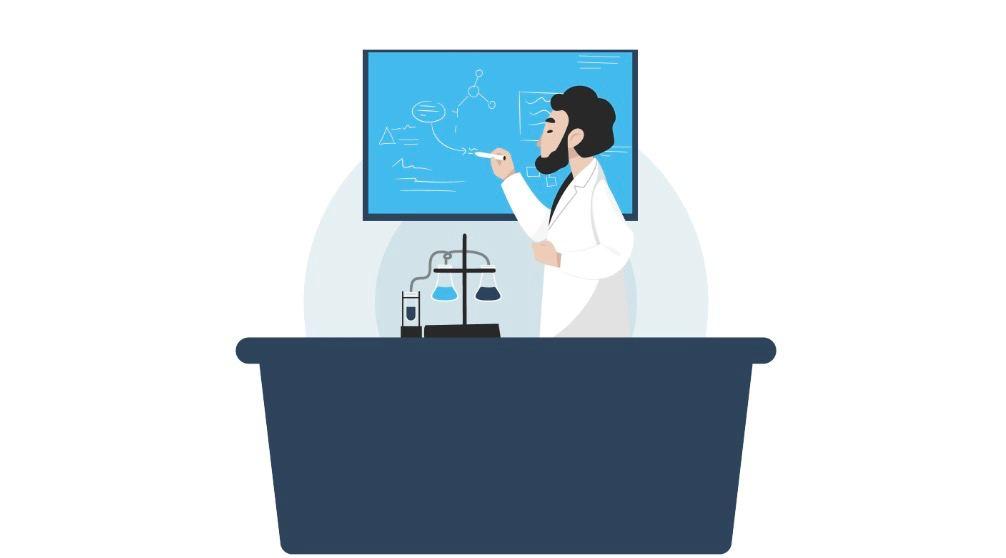Practical Tips for Measuring and Preparing Small and Large Doses Accurately

Accurate measurement is essential when preparing doses for various applications, whether for healthcare, laboratory tasks, or at-home use. A minor miscalculation can lead to ineffective results or unintended consequences, making precision critical. Interestingly, adjusting the liquid volume used during preparation can significantly enhance accuracy and convenience. This guide dives into practical tips for measuring both small and large doses accurately while ensuring ease of use.
When dealing with specific compounds, understanding the reconstitution process is vital. For example, you might want to know how to reconstitute 5mg of semaglutide correctly How to reconstitute semaglutide. Getting this right requires attention to detail and the right approach to measurements. Let’s explore the key principles to keep in mind.
Why Measurement Accuracy Matters
Precision matters more than you might think. Incorrect measurements can lead to ineffective solutions, wasted resources, or even harmful outcomes. Imagine a situation where a patient receives too little medication—it may result in the treatment being ineffective. On the flip side, an overdose could lead to severe side effects. These risks underline why accurate measurements aren’t just helpful—they’re essential.
Moreover, in contexts like laboratory experiments or chemical processes, minor inconsistencies can compromise the entire result. The good news? By carefully selecting tools and methods suited for your specific needs, you can ensure greater accuracy without added complexity.
Key Consequences of Inaccurate Measurements:
- Health Risks: Overdosing or underdosing medications.
- Wasted Resources: Using too much or too little of a costly ingredient.
- Compromised Outcomes: Failed experiments or unreliable results.
Choosing the Right Volume for Small and Large Doses
The volume of liquid you use directly impacts your ability to measure doses accurately. Depending on the size of the dose, a smaller or larger liquid volume may work better.
When to Use Smaller Volumes (e.g., 1 mL):
- Larger Doses: Concentrating the solution minimizes the margin of error. A smaller volume ensures fewer variables when preparing large doses.
- Time-Saving: With less liquid, mixing and preparing the solution can often be quicker.
When to Use Larger Volumes (e.g., 2 mL):
- Smaller Doses: Diluting the solution allows for finer adjustments and easier measurements for smaller quantities.
- Ease of Handling: For those new to preparation, a larger volume provides more room for precision when making small adjustments.
By understanding these dynamics, you can tailor your approach for optimal results.
Tools for Accurate Measurements
Having the right tools can make all the difference. Even a simple kitchen scale won’t cut it when precision is critical—specialized tools designed for liquid measurement are necessary.
Recommended Tools:
- Graduated Syringes: Ideal for precise liquid measurement, available in various sizes to suit your needs.
- Calibrated Droppers: Useful for handling minute quantities of liquid, especially for small doses.
- Digital Scales: When powders are involved, a milligram-accurate digital scale ensures precision.
- Mixing Vials: Designed to ensure proper dilution without spillage or contamination.
Pro Tip:
Always clean and calibrate your tools before each use. Residue or wear and tear can lead to inaccurate readings over time.
Common Mistakes and How to Avoid Them
Even with the best intentions, mistakes can happen. Fortunately, most are preventable with the right knowledge and preparation.
Frequent Errors:
- Using Improper Tools: A teaspoon isn’t a reliable way to measure liquids in critical applications.
- Failing to Mix Thoroughly: Poor mixing leads to uneven concentrations.
- Ignoring Temperature Variations: Certain substances dissolve differently at specific temperatures.
- Eyeballing Measurements: Always rely on calibrated tools for accuracy.
Tips to Avoid These Mistakes:
- Use properly marked equipment.
- Double-check your calculations, especially when adjusting liquid volumes.
- Follow preparation instructions closely, accounting for variables like temperature and mixing time.
Conclusion
Accurate dose preparation is as much about the process as it is about the tools you use. By tailoring your liquid volume to the dose size, choosing the right equipment, and avoiding common pitfalls, you can achieve consistent, reliable results. Whether you’re working in healthcare, research, or another field that demands precision, these tips can help streamline your workflow and ensure the best possible outcomes.
Investing a little extra effort into measurement practices pays off significantly in the long run. Precision doesn’t just enhance results—it builds trust, saves resources, and ensures safety.
- Beauty
- Art
- Causes
- Crafts
- Dance
- Drinks
- Film
- Fitness
- Food
- Games
- Gardening
- Health
- Home
- Literature
- Music
- Networking
- Other
- Party
- Religion
- Shopping
- Sports
- Theater
- Wellness
